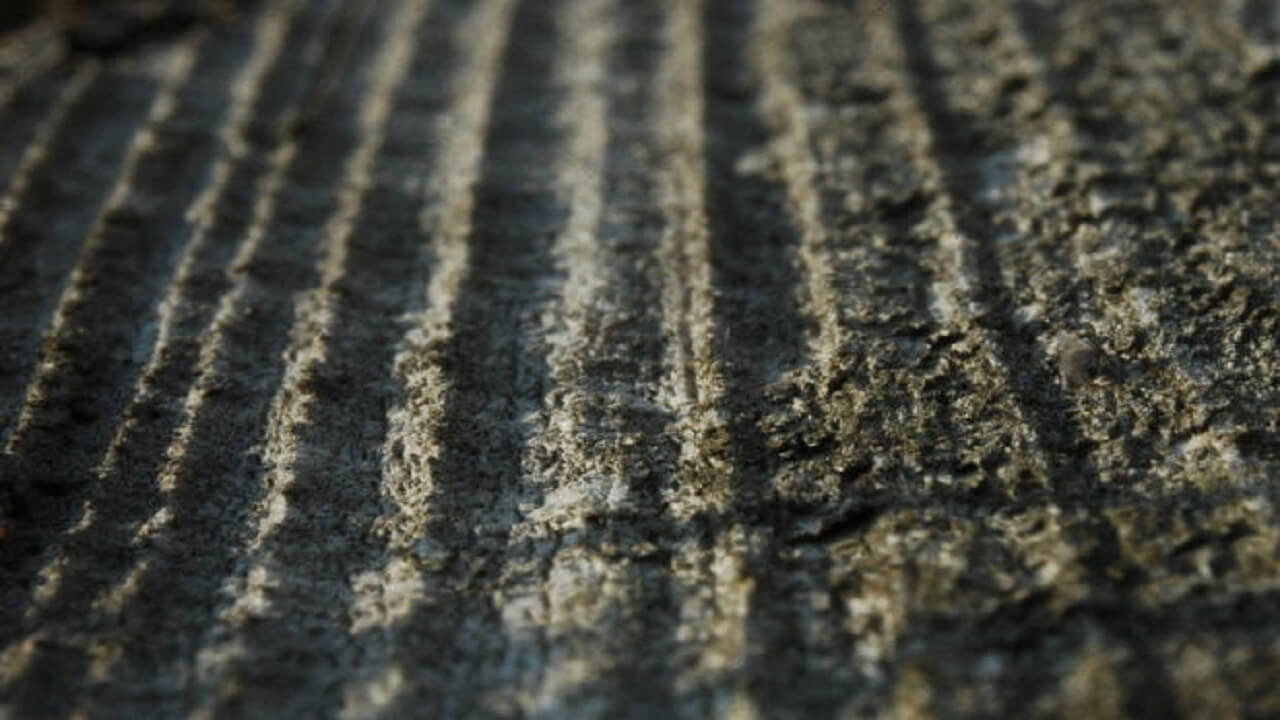
Importance of Soil PH for Successful Crop and Vegetable Farming
September 6, 2022, 8:57 am
The best soils for growing vegetables have well drained, deep mineral topsoil with a relatively high percentage of organic matter (> 2%).
Soil pH that has been modulated through cycles of cultivation with lime and gypsum as needed and fertility levels (N-P-K) have been augmented as needed is necessary for successful farming.
Importance of Soil PH for Successful Crop and Vegetable Farming
Deep, well-drained muck soils are ideally suited for growing leafy vegetables, bulb, and root crops. The better suited the crop is to your soil, the greater chance of producing a successful crop. If you plant crops that require well-drained soils on poorly drained soils, you are doomed to failure regardless of your growing skills.
Typical BMPs (Best Management Practices) include a good soil management program, proper liming and fertilization, good tillage practices, crop rotation, annual supplements of organic matter, and adequate irrigation
SOIL PH TEST
The most economical means of determining the lime and fertilizer needs of your soil is to have it tested. If you do not know the present fertility level of the soil in a field, your application rates of lime and fertilizer materials are likely to be inaccurate. For most efficient production, application rates of lime and fertilizer materials should consider the existing soil fertility level, past cropping and soil management practices, and the crop to be grown.
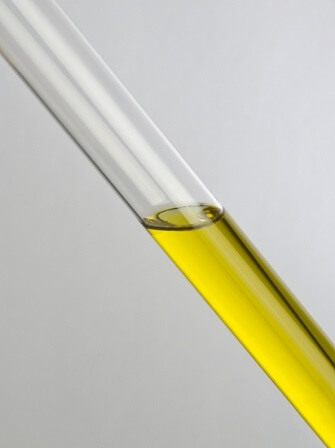
Taking this approach also minimizes the potential for soil damage and water pollution. Knowing soil nutrient contents makes it less likely fertilizers and organic nutrients sources are applied when they are not needed, saving the cost of unneeded materials.
LIMING SOIL
Most soils are naturally acidic or become acidic under crop production systems and rainfall. If soils become too acidic (generally pH less than 6.0), crop performance is hindered by many factors, including reduced availability of plant nutrients. A regular liming program is required to neutralize soil acidity and to supply crops with calcium and magnesium. The first step in a liming program is knowing the optimum or target value of the crop to be grown. Many crops will grow over a wide range of soil pH, but most vegetable crops perform best when soils are in the pH 6.0 to 7.0 range. Plan rotations such that all crops grown on a given field have similar pH and nutrient requirements. Tomato grows well in soil of 6.0 to 6.5 pH value.
Selection of Liming Material
Liming materials neutralize soil acidity, supply calcium (Ca) and supply or increase available magnesium (Mg). Selection of the appropriate liming material based on its Ca and Mg concentrations is a key to furnishing crops and soils with sufficient amounts of these nutrients. The goal of a liming program is to establish the desired soil pH and to maintain the soil fertility levels for Mg and Ca in the optimum range.

Fine-sized liming materials are recommended when rapid neutralization of soil acidity is desired. Medium and coarse-sized liming materials are best suited for maintenance of soil pH once the desired soil pH range has been attained through the use of fine-sized liming material.
When soil pH is low, soil test levels of Ca and Mg may be below optimum or deficient. It is important to choose a liming material that contains a significant concentration of Mg; these liming materials are commonly referred to as dolomitic type or dolomite. If the soil Mg level is below optimum-very low or -low, use a liming material that has a minimum concentration of 9% Mg. If the soil Mg level is below optimum-medium, use a dolomitic liming material that has 3.6 to 9% Mg. If the soil Mg level is optimum or above optimum or exceeds crop needs, use a calcitic or calcite liming material that has less than 3.6% Mg
Timing of Application
Lime is slow to react in soil. The desired increase in soil pH may require several months. Thus, it is important to plan ahead and apply lime several months in advance of planting. Lime can be applied at any time of the year. Plan ahead and apply lime well in advance of planting crops that are sensitive to soil acidity. For example, fall applications have the advantage of allowing the lime to react in the soil prior to the start of the next growing season.
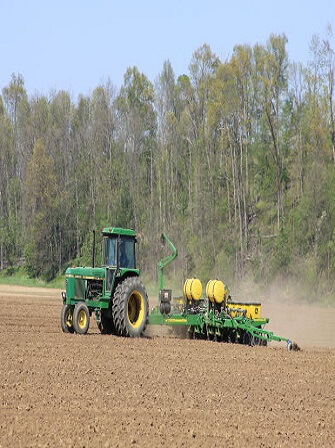
Careful attention to liming prior to planting perennial crops such as asparagus is important. Once the crop is established, it is virtually impossible to correct a soil pH problem using surface applications of lime. Lime should be applied at least six months to a year in advance of planting to ensure that the target pH has been achieved.
Soils naturally become more acidic over time. The frequency of prescribed lime application varies with soil characteristics, cropping system, and fertilizer practice. Heavy use of ammonium and urea fertilizers accelerates soil acidification. Soil pH testing should be performed every1 to 3 years. Relime soils before pH drops below the desired range to avoid development of excess acidity.
Lime and Fertilizer
Lime and fertilizer work together to produce high yields and better crops. Lime is not a substitute for fertilizer, and fertilizer is not a substitute for lime. The proper use of the two together makes for profitable vegetable crop production. The rate and frequency of their use depends on the crop to be grown, type of soil, soil acidity, and past use of fertilizer materials. The availability of nutrients is adversely affected by pH less than 5.0 or greater than 8.0
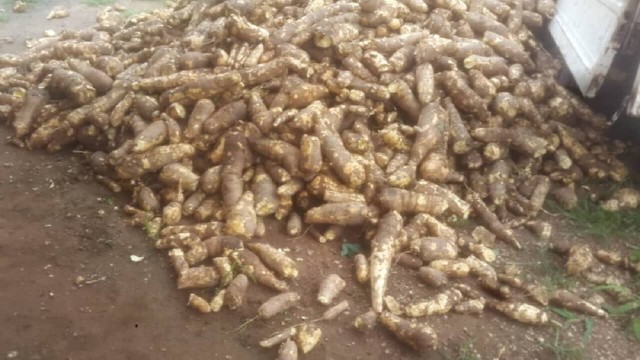

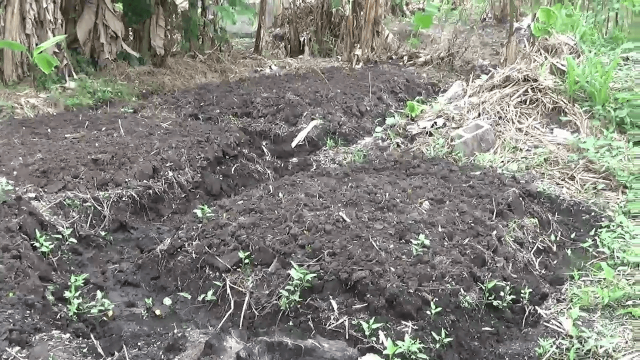


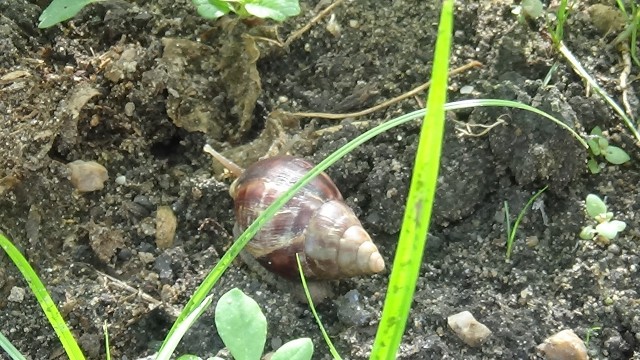
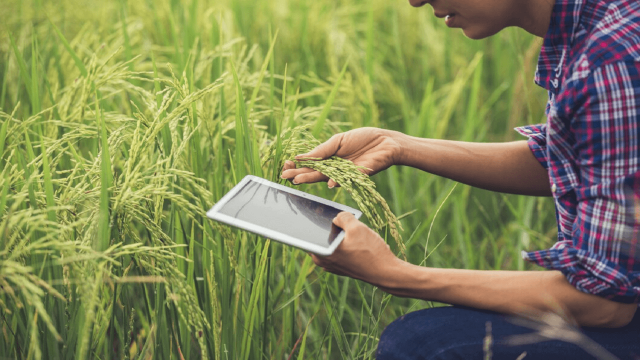


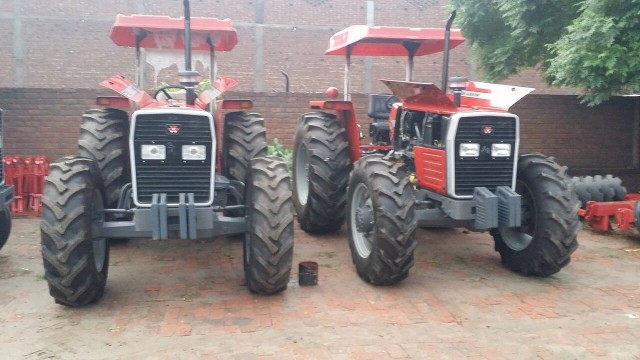
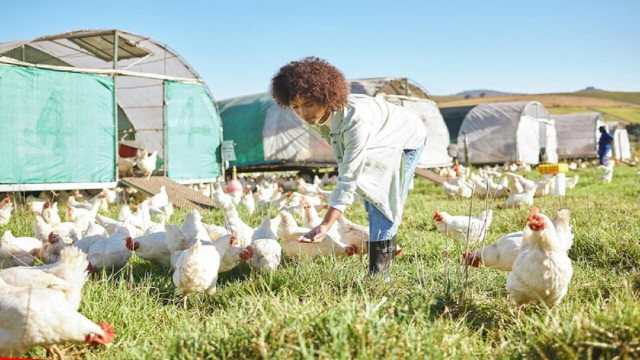
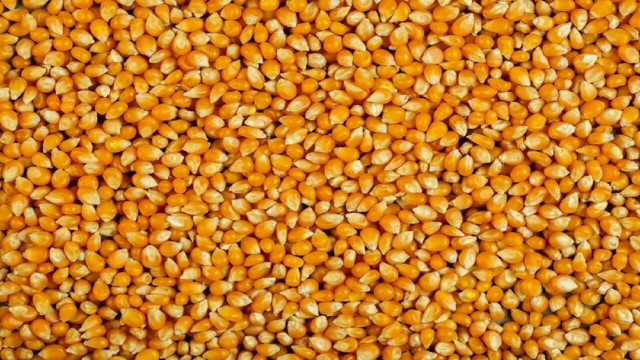
Share This Article: